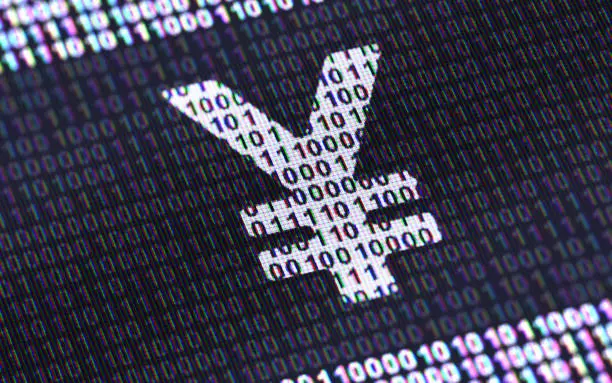In the ever-evolving landscape of foreign exchange, the USD/JPY currency pair has recently entered a downward spiral, highlighting critical shifts in investor sentiment and economic forecasts. The pair began a notable decline below the pivotal support level of 155.50, signaling a bearish pivot that has caught the attention of market analysts. This decline, exacerbated by the strength of the Japanese yen, has raised concerns regarding the potential for a prolonged bearish phase.
Technically, the USD/JPY has settled below significant moving averages, specifically the 100 and 200 simple moving averages on the 4-hour chart. The culmination of these factors indicates that the bearish trend may sustain momentum in the near term, putting immediate pressure on critical support levels. A breach of the 151.80 mark could herald further declines, eventually gravitating towards the psychologically significant level of 150.50.
Resistance and Future Outlook
From a resistance perspective, the currency pair finds its hurdles at 152.80, while a more formidable barrier may be observed around 153.80. The establishment of a bearish trend line intersecting at 154.80 enhances the likelihood that the USD/JPY may face difficulties in reclaiming lost ground. However, should the pair manage to close above this key level, it could provide a springboard for a rally toward the crucial 155.50 resistance threshold.
Analysts remain skeptical about the pair’s ability to recover rapidly, given the current market dynamics and economic forecasts, including the forthcoming US nonfarm payrolls data. The expectation of a significant decline in job growth forecasts—from 256K to 170K—adds another layer of complexity and could further fortify the bearish sentiment surrounding the dollar.
The EUR/USD Pair: A Tug of War Between Bulls and Bears
Turning our attention to the EUR/USD pair, we observe a recovery attempt above the 1.0400 critical level. Yet, the presence of selling pressure suggests that bullish momentum remains vulnerable below 1.0450. This tug of war signifies a market that is still hesitant, oscillating between recovery attempts and ongoing bearish sentiment. The findings of upcoming economic indicators, particularly the US unemployment rate—which is projected to remain stable at 4.1%—could serve as a decisive factor for the euro’s strength against the dollar.
The intricate interplay between economic indicators such as nonfarm payrolls and unemployment rates is essential for understanding the trajectories of these currency pairs. As market participants brace for these releases, volatility within both pairs can be anticipated, showcasing the need for strategic planning when engaging in foreign exchange trading.
The recent technical patterns and shifts in the USD/JPY and EUR/USD currency pairs reflect a broader market sentiment steeped in uncertainty and potential bearish momentum. Traders should remain vigilant as they navigate these complexities, paying close attention to upcoming economic data that may shape short-term price movements. Navigating these turbulent waters will require both astute observation and strategic foresight as we approach the next key economic events scheduled for January 2025.

